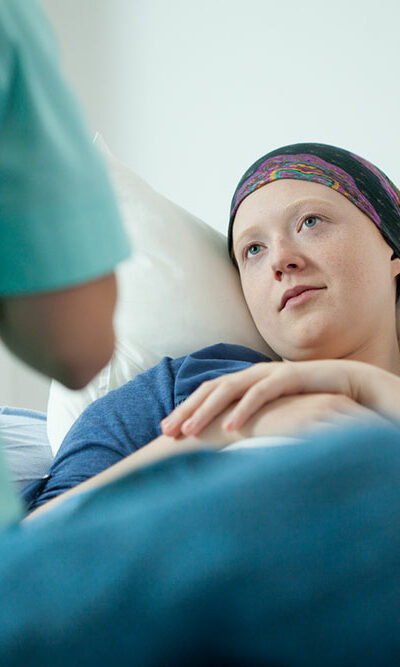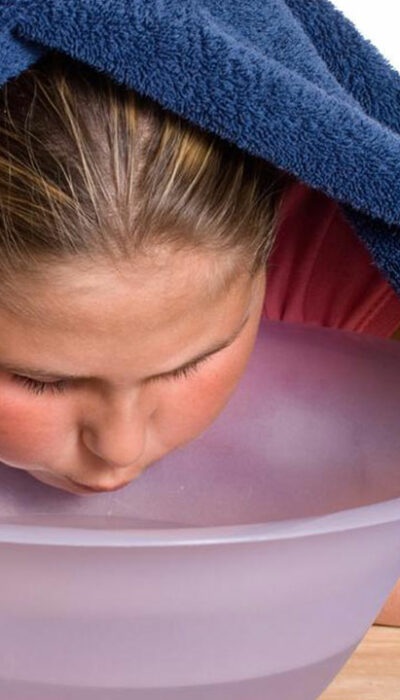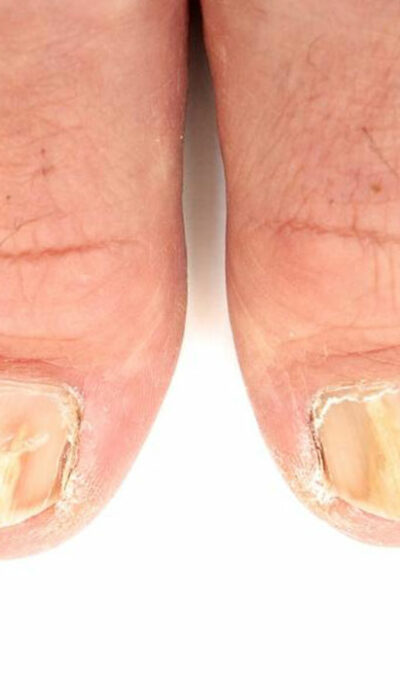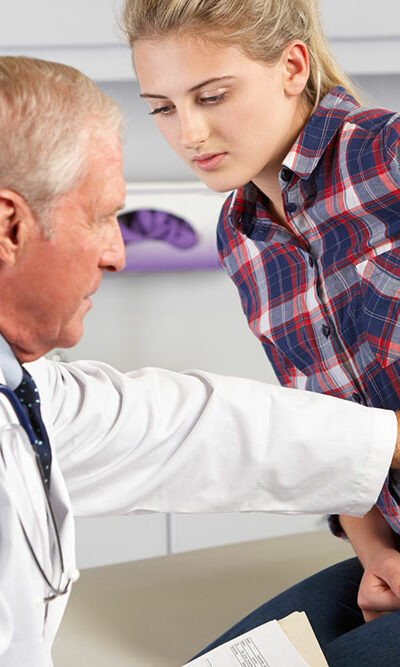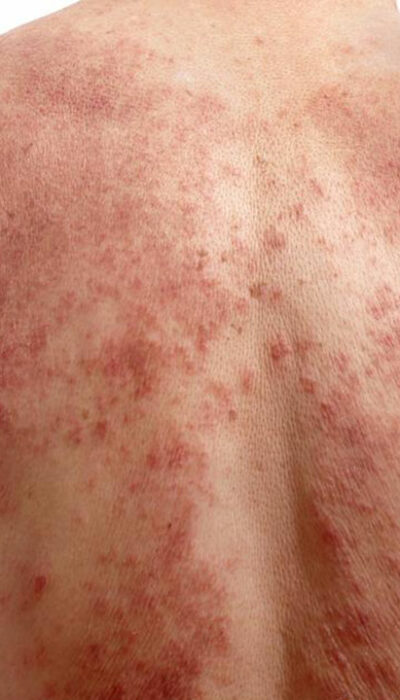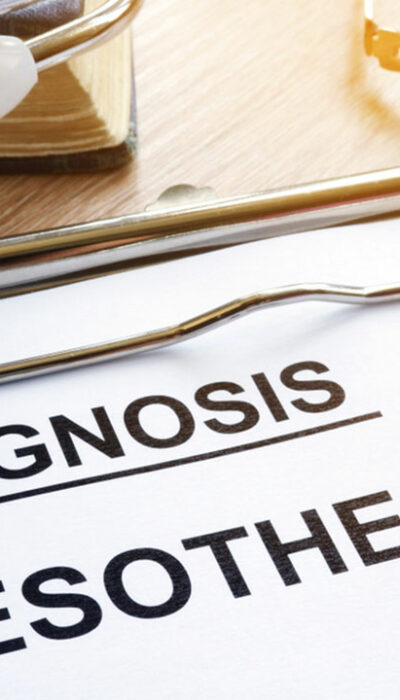
How to Effectively Deal with Prostate Cancer and Impotence
Sexual arousal results in erections and these are triggered by the brain sending nerve signals to the penis. There are many reasons which can explain the causes of men experiencing erectile dysfunction, following prostate cancer diagnosis and subsequent treatment. It should be remembered that prostate cancer in itself is not a cause of erectile dysfunction, but the cancer treatment can affect the nerve and blood supply to the penis. Along with this, the associated emotional strain or a reduced sexual appetite can also result in impotence. So, read on to know more about the causes and prostate impotence treatment options. What does the severity depend on? The severity of the erectile dysfunction depends on the stage of cancer, the skill of the surgeon and the type of surgery undertaken. So, if a nerve-sparing technique is used then recovery is expected to occur within a couple of years of the procedure. But on the other hand, if a non-nerve-sparing surgery was done then the recovery can be difficult. What can cause impotence? Radiation therapy The onset of erectile dysfunction following this procedure is gradual and is the most common long-term complication of radiation therapy. It could happen around 6 months into treatment. But it might decrease with the more sophisticated modes of treatment being used these days. Hormone therapy Erectile dysfunction and the resultant decrease in sexual appetite will eventually happen in this case. This is due to the testosterone-reducing action of the medicines. It could take 2 to 4 weeks for the results to start kicking in. Treatments There are various prostrate impotence treatments available which can help men with erectile dysfunction: Oral medications Oral medications are a good starting point for treatment and will always be used first by the doctors. To be consumed orally, these medications work by letting the blood flow into the penis.
